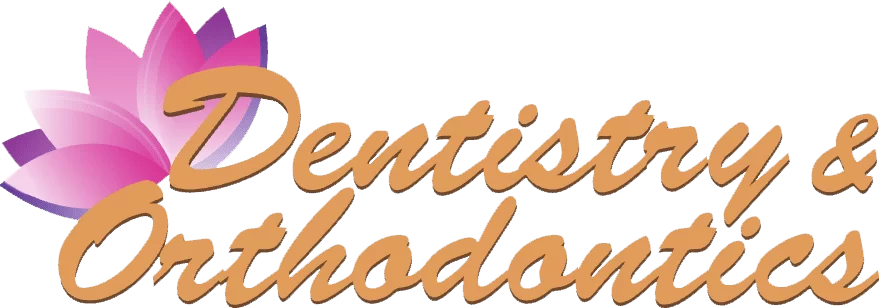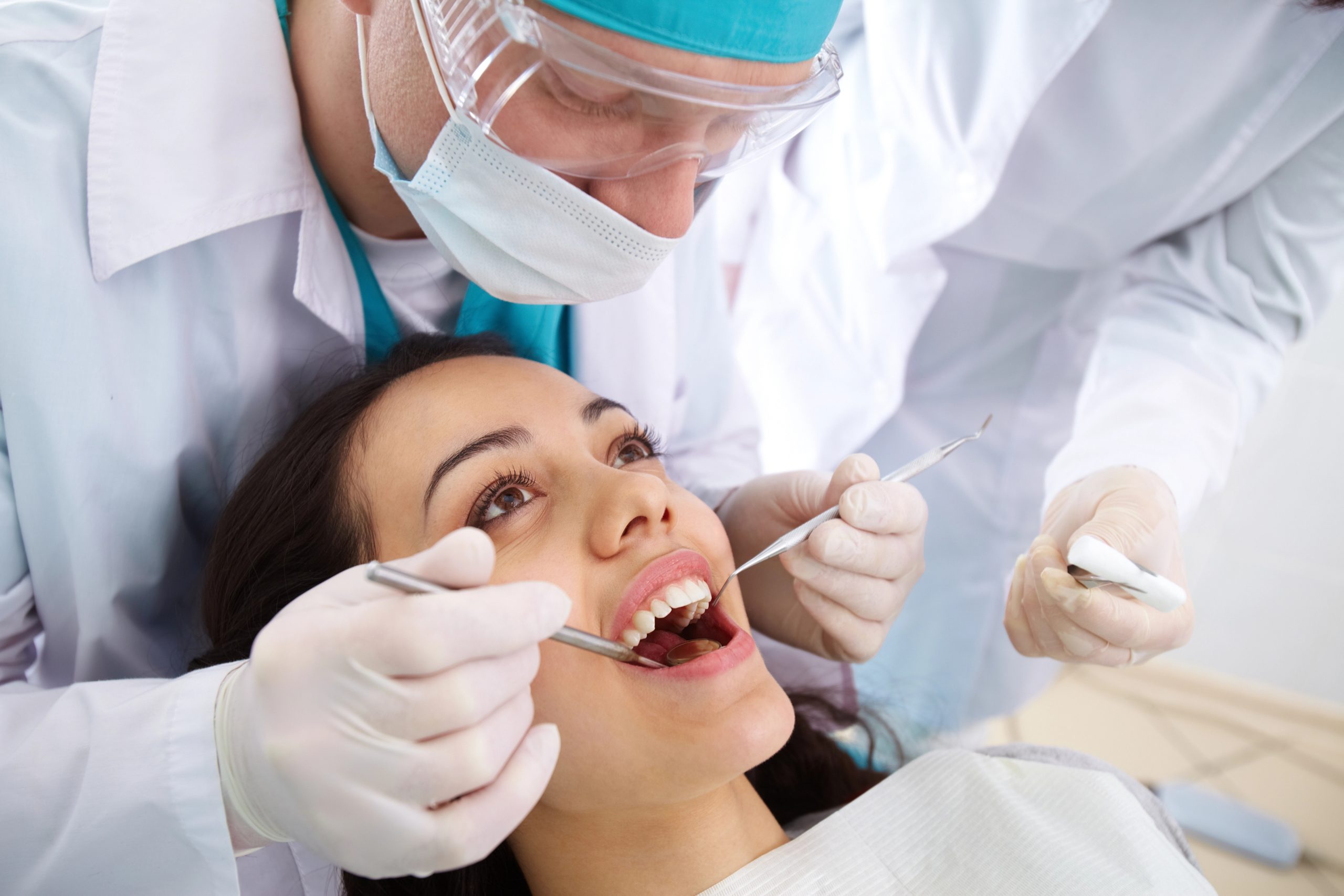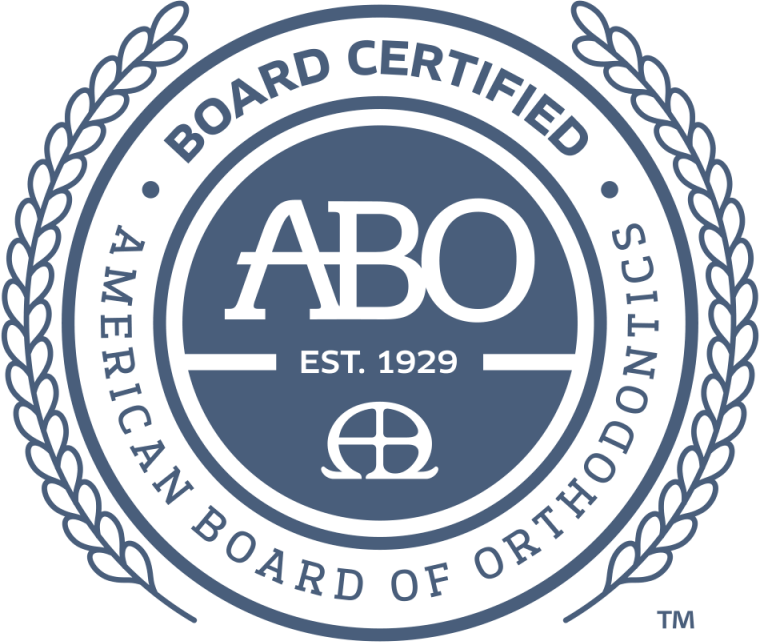What are the benefits and drawbacks of a porcelain crown? While porcelain crowns offer a natural appearance and durability, they also come with potential drawbacks such as cost and susceptibility to chipping.
Drawbacks of a Porcelain Crown
Porcelain crowns are widely used in dental restorations due to their aesthetic appeal and durability. The primary purpose of a porcelain crown is to restore the function and appearance of a damaged or decayed tooth. These crowns are designed to mimic the natural look of teeth, making them an excellent choice for visible areas in the mouth. However, it’s important to consider the drawbacks of a porcelain crown, such as its potential to chip or crack under pressure, which can affect its longevity.
In addition to their aesthetic benefits, porcelain crowns also play a crucial role in protecting the underlying tooth structure. They help maintain the integrity of the tooth by providing a strong, protective barrier against further decay or damage. For more information on temporary solutions before getting a permanent crown, you can read about Understanding the Purpose and Benefits of a Temporary Crown. Despite their advantages, the drawbacks of a porcelain crown, including their susceptibility to wear and tear, should be carefully weighed when considering this dental restoration option.
Material Types
When considering the benefits and drawbacks of a porcelain crown, it’s essential to understand the different material types available. Porcelain crowns are known for their aesthetic appeal, closely mimicking the natural look of teeth. However, they can be more prone to chipping or cracking compared to other materials like metal or resin. This makes them a popular choice for front teeth where appearance is crucial but may not be as durable for molars that endure more pressure.
Another aspect to consider is the compatibility of porcelain with your existing dental structure. While porcelain crowns offer a natural appearance, they may require more tooth reduction than other materials. This can be a drawback of a porcelain crown for those looking to preserve as much of their natural tooth as possible. For more information on dental crowns, visit our Kennesaw Dental Crown Services page.
“`
Durability and Longevity
When considering the benefits and drawbacks of a porcelain crown, durability and longevity are significant factors. Porcelain crowns are known for their strength and ability to withstand the daily wear and tear that comes with chewing and biting. They can last many years with proper care, often providing a long-term solution for dental restoration. However, one of the drawbacks of a porcelain crown is that, despite its durability, it can still be susceptible to chipping or cracking under extreme pressure or impact. This balance between durability and potential vulnerability is essential to consider when evaluating porcelain crowns.
Cost Comparison
When considering the benefits and drawbacks of a porcelain crown, the cost is a significant factor to weigh. Porcelain crowns tend to be more expensive than other types of dental crowns, such as metal or resin-based options. This higher cost is often attributed to the material’s durability and natural appearance, which closely mimics the look of real teeth. However, the initial investment in a porcelain crown can be justified by its longevity and aesthetic appeal, making it a popular choice despite the higher price tag. For more information on dental treatments, visit Dentistry & Orthodontics at Kennesaw Point at Kennesaw Dentist.
Procedure Steps
The process of getting a porcelain crown typically involves several key steps to ensure a proper fit and long-lasting results. Initially, the dentist will examine and prepare the affected tooth, which may include removing any decay and shaping the tooth to accommodate the crown. Next, an impression of the tooth is taken to create a precise mold, which is then sent to a dental lab where the custom porcelain crown is crafted. During this period, a temporary crown may be placed to protect the prepared tooth. Once the permanent crown is ready, the dentist will remove the temporary crown and carefully fit the new porcelain crown, making any necessary adjustments for comfort and bite alignment before securely bonding it in place.
Aesthetic Considerations
When it comes to the aesthetic considerations of dental restorations, porcelain crowns are often praised for their natural appearance and ability to blend seamlessly with existing teeth. These crowns can be color-matched to your surrounding teeth, providing a virtually indistinguishable look that enhances your smile. However, one of the drawbacks of a porcelain crown is its potential to chip or crack under pressure, which can compromise its aesthetic appeal over time. Despite this, many patients and dentists still prefer porcelain crowns for their superior ability to mimic the translucency and luster of natural teeth, making them a popular choice for front teeth restorations.
Pain and Recovery
When considering the drawbacks of a porcelain crown, it’s essential to address the pain and recovery process. Initially, you may experience some discomfort and sensitivity, especially to hot or cold temperatures, which is common after the procedure. This discomfort typically subsides within a few days as your mouth adjusts to the new crown. Over-the-counter pain relievers can help manage any pain during this period. Additionally, it’s crucial to follow your dentist’s aftercare instructions to ensure a smooth recovery and avoid complications. While the recovery phase is generally short, being aware of these potential drawbacks can help you prepare and manage your expectations effectively.
Suitability for Damage Extent
When considering the suitability of a porcelain crown, the extent of dental damage plays a crucial role. Porcelain crowns are highly effective for restoring teeth that have suffered moderate to severe damage, such as extensive decay, fractures, or after root canal treatment. They provide a natural appearance and are durable enough to withstand normal biting and chewing forces. However, one of the drawbacks of a porcelain crown is its potential to chip or crack under extreme pressure, making it less ideal for patients with habits like teeth grinding or those requiring restoration of back molars subjected to heavy stress. Therefore, assessing the extent of damage and individual patient habits is essential in determining if a porcelain crown is the best option.
Maintenance and Care
Proper maintenance and care are crucial for the longevity of a porcelain crown. While these crowns are known for their durability and natural appearance, they do require specific care to avoid potential issues. Regular dental check-ups and cleanings are essential to monitor the crown’s condition and ensure it remains securely in place. It’s also important to avoid chewing on hard objects, such as ice or pens, which can cause cracks or chips. One of the drawbacks of a porcelain crown is its susceptibility to damage from excessive force, so being mindful of your eating habits can help prolong its lifespan. Additionally, maintaining good oral hygiene by brushing twice a day and flossing daily will help prevent decay around the crown and keep your smile healthy.
Conclusion
Understanding the benefits and drawbacks of a porcelain crown can help you make an informed decision about your dental health. For more information, call 678-275-2066 or read reviews on Google Maps.







